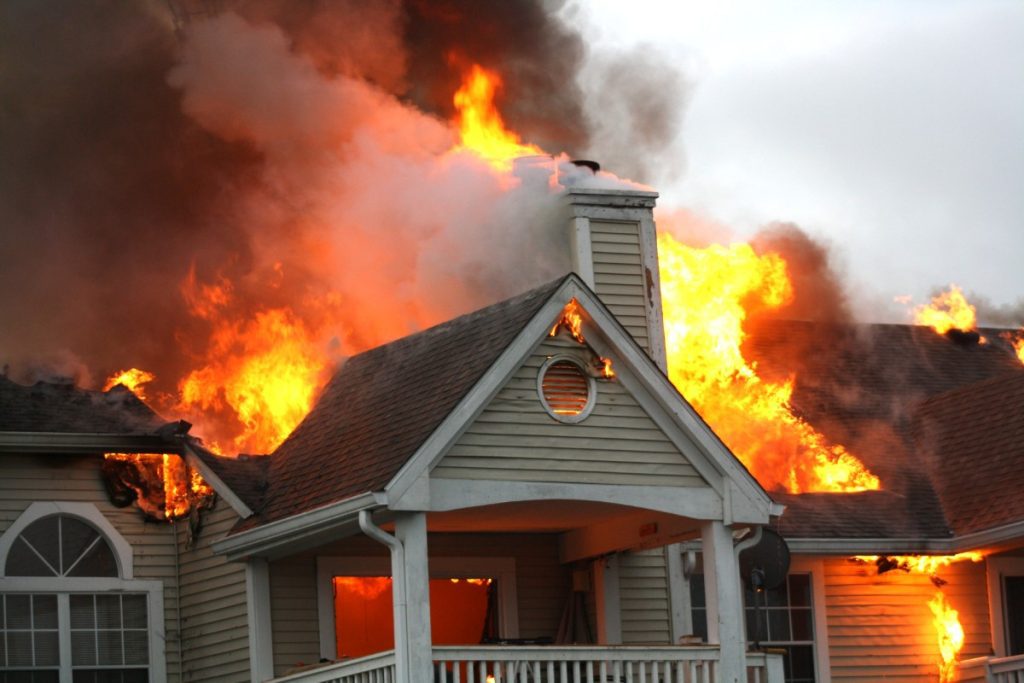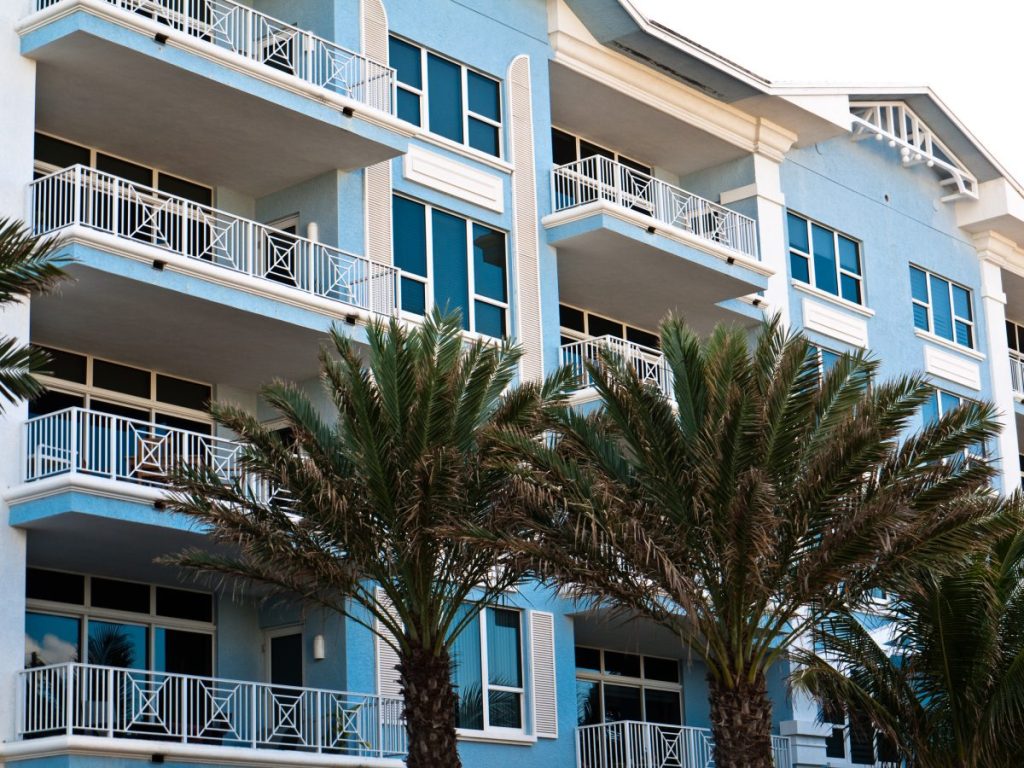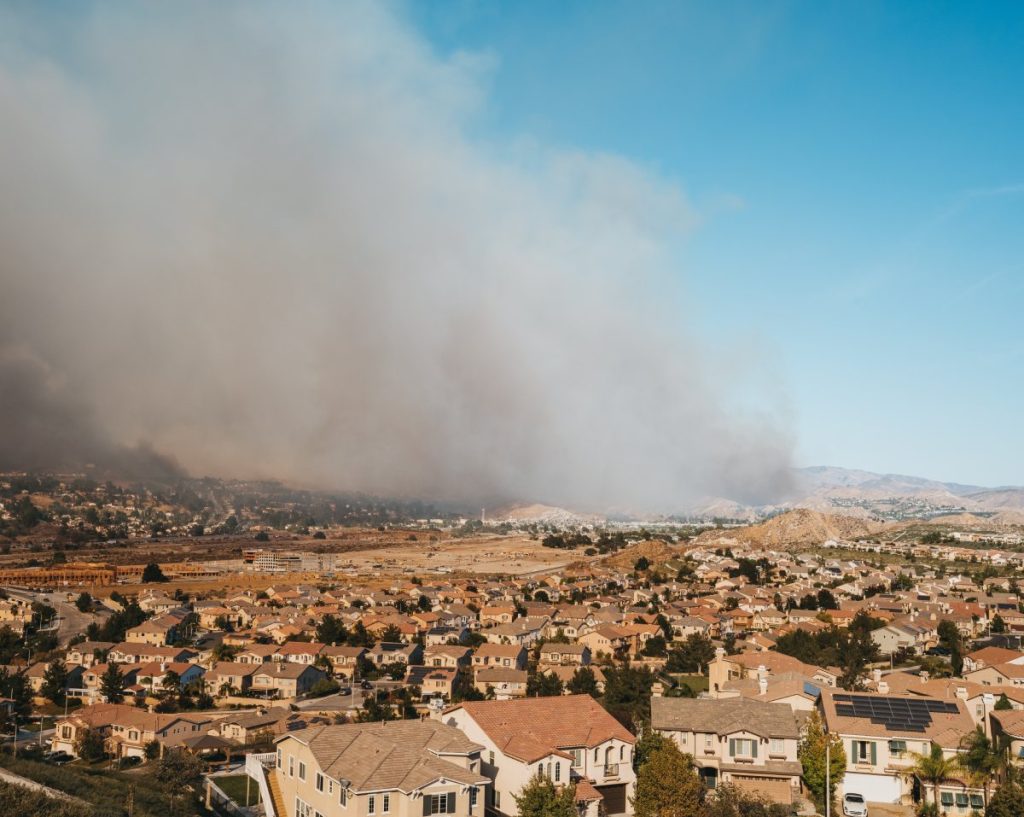Vandalism and Malicious Mischief insurance coverage (often abbreviated VMM) is a typical inclusion in most commercial and homeowners insurance policies. But what is it and what does it cover? This comprehensive guide covers the basics for both property owners and renters, including how renters insurance coverage applies to vandalism claims.
What Is Vandalism and Malicious Mischief?
Vandalism is defined as intentional damage to someone’s property without their consent; it’s one of the most common property crimes. Vandalism is often committed solely for the purpose of causing harm. Malicious mischief is similar; it occurs when someone intentionally damages another person’s property with the intention of causing harm, such as out of malice, revenge, spite, or hatred. Damage deliberately inflicted by former partners or spouses is one of the most common sources of VMM claims.
Examples of Vandalism vs. Tenant Damage
Understanding the difference between vandalism and tenant damage is crucial for insurance claims:
Vandalism Examples:
- Graffiti spray-painted on exterior walls by strangers
- Windows broken by unknown third parties
- Property damage caused by ex-partners seeking revenge
- Destruction caused by trespassers or burglars
Tenant Damage Examples:
- Holes punched in the walls during disputes
- Intentional destruction of appliances or fixtures
- Damage caused by unauthorized modifications
- Neglect leading to property deterioration
The key distinction is that vandalism involves third parties without permission to be on the property, while tenant damage involves individuals with legal access through a lease agreement.
Who Needs Vandalism and Malicious Mischief Insurance?
Because vandalism and malicious mischief are so common, any residential or commercial property owner can benefit from including these in their policy. However, these types of coverage are especially important for properties that are often unoccupied, such as schools and churches, where vandals have a frequent window of opportunity to inflict damage without being caught. Landlords can also benefit from this coverage, especially if their properties are in areas with high crime rates.
What Is Vandalism in Renters Insurance?
In the context of renters insurance coverage, vandalism refers to intentional damage to your personal belongings by someone who doesn’t have permission to be in your rental home. This is considered a covered peril under most standard renters insurance policies, meaning your insurance company will help pay for repairs or replacement of damaged items, subject to your coverage limits and deductible.
Does Renters Insurance Cover Vandalism?
Yes, renters insurance typically covers vandalism to your personal belongings. A standard renters insurance policy includes personal property coverage that protects your items from covered perils, including vandalism and malicious mischief. However, your renters insurance policy won’t cover damage to the rental property structure itself—that’s covered by your landlord’s insurance.
What’s Covered by Vandalism and Malicious Mischief Insurance?
Vandalism and Malicious Mischief insurance coverage typically covers:
- Damage to Your Building: This includes damage to the structure itself, such as walls, windows, roof, or fixtures. For example, if someone sprays graffiti on your walls or breaks your windows, the repairs should be covered by VMM.
- Damage to Your Personal Property: This includes your belongings inside the building, like furniture, appliances, and electronics. If someone enters your home and damages your TV or furniture, the repairs or replacement should be covered.
- Costs Associated with Vandalism: These can include cleanup costs, temporary repairs, and increased security measures as needed.
Renters Insurance Vandalism Coverage Details
For renters, your renters insurance coverage typically includes:
- Personal Property Coverage: Protects your personal belongings, like furniture, electronics, clothing, and collectibles, from vandalism
- Additional Living Expenses: If vandalism makes your rental unit uninhabitable, your policy may cover temporary housing costs
- Personal Liability Coverage: Protects you if you’re held responsible for vandalism damage to others’ property
- Medical Expenses: Coverage for injuries and medical bills that occur as a result of covered vandalism incidents
Your renters policy typically covers vandalism under named peril coverage, meaning it’s specifically listed as a covered event. The insurance company will reimburse you up to your coverage limits, minus your deductible.
What Isn’t Covered by Vandalism Insurance?
VMM coverage doesn’t cover:
- Intentional Damage by Someone in Your Home: VMM only covers damage caused by third parties. If a child draws on the walls or your teenage son intentionally breaks a stereo, those wouldn’t be covered because members of your household caused the damage.
- Theft: If items are stolen, you would need a separate theft coverage component of your policy. Most renters insurance policies include theft protection, but it’s separate from vandalism coverage.
- Accidental Damage: Damage caused by accidents, negligence, or natural disasters is not covered under VMM. You’d need separate coverage for events like water damage from burst pipes or windstorms.
- Normal Wear and Tear: Damage caused by normal use or aging isn’t covered.
Common Renters Insurance Exclusions
Your renters insurance policy may have specific exclusions that affect vandalism coverage. For example:
- Policy Limits: Your coverage is capped at the coverage limits you selected.
- High-Value Items: Expensive items, such as musical instruments or valuable collectibles, may require additional coverage or an endorsement to ensure adequate protection.
- Flood Insurance: Vandalism involving water damage may require separate flood insurance through the National Flood Insurance Program (NFIP).
- Auto Insurance: Vandalism to your vehicle requires auto insurance, not renters insurance.
Do Homeowners Insurance and Commercial Property Insurance Cover Vandalism and Malicious Mischief?
VMM coverage is typically included as a rider or endorsement in most basic commercial and homeowners insurance policies. Coverage is often limited or excluded for homes or other properties that have been vacant for an extended period (often 60 days or more). Deductibles are also typically high, since vandalism is a very common form of crime.
Is It Considered Vandalism if a Tenant Purposefully Damages a Unit?
Generally, intentional property damage inflicted by a renter or tenant is not considered vandalism in the context of insurance. That’s because vandalism usually implies an act by a third party. It’s intended to cover situations where damage is inflicted by someone who lacks permission to be on your property. Tenants are treated differently because they’re permitted to reside at the property subject to a lease agreement.
Landlords have other recourse to deal with these situations, however. Intentional property damage is usually a violation of the lease agreement. You can cover repairs with money from the tenant’s security deposit or sue the tenant for damages, potentially recovering legal fees in the process.
Does Vandalism and Malicious Mischief Cover Arson?
Historically, vandalism and malicious mischief have been understood to cover smaller acts of destruction that don’t involve fire. Arson was often considered a separate peril. However, some courts have begun to interpret VMM more broadly to include arson, as it, like vandalism, involves the intentional destruction of property.
A 2015 case in Florida’s 5th District Court of Appeal, Botee v. Southern Fidelity Insurance Co.¹, involved an intentionally set fire at a property that had been vacant for over thirty consecutive days before the loss. The policyholder filed a claim with Southern Fidelity, which denied coverage, citing that the arson was an act of “vandalism and malicious mischief” and was excluded from the policy by the vacancy exclusion.
The policyholder maintained that the vacancy exclusion provision for “vandalism and malicious mischief” did not refer to or reference “fire” or “arson.” So the policy should be interpreted in favor of coverage for the policyholder. The trial court determined the terms “vandalism and malicious mischief” encompassed arson within its plain and ordinary meaning and that the insurance carrier was correct in denying coverage. On appeal, the 5th District Court of Appeal held that arson is included in the terms “vandalism and malicious mischief.”
This was the first decision of its kind in Florida. Whether or not arson would be covered by VMM insurance depends on the specific language of your insurance policy and the legal interpretations in your jurisdiction. It’s crucial to confirm the specifics of your insurance policy with your insurance agent or with a lawyer.
How Much Does Vandalism and Malicious Mischief Coverage Cost?
The cost of Vandalism and Malicious Mischief insurance coverage is usually bundled into your overall homeowners or commercial property insurance premium. However, the price can be influenced by factors such as the overall crime rate in your property’s location, the value of your property, security measures you have in place, your claims history, and your overall coverage limits and deductible.
How Much Does Renters Insurance Cost?
Renters insurance costs are generally affordable, with most policies costing between $15-30 per month. The cost depends on:
- Coverage Limits: Higher coverage limits increase premiums
- Deductible Amount: Higher deductibles typically mean lower premiums
- Location: High-crime areas may have higher rates
- Personal Factors: Your claims history and credit score
- Additional Coverage: Endorsements for valuable items or umbrella insurance
How Does a Renters Insurance Claim Work?
If you experience vandalism to your personal property, here’s how to file a renters insurance claim:
- File a Police Report: Document the vandalism with local authorities.
- Document the Damage: Take photos and create an inventory of damaged items.
- Contact Your Insurance Company: Report the claim promptly.
- Provide Documentation: Submit your police report, photos, and receipts.
- Meet with an Adjuster: An insurance adjuster may inspect the damage to assess the claim.
- Receive Payout: Your insurance company will issue payment based on actual cash value (ACV) or replacement cost, minus your deductible.
Why Merlin?
Are you fighting an insurance company that won’t pay up on claims? With nearly 40 years of practice and $2 billion in recovered claims, our team stands by your side to ensure you can face any insurance challenge with confidence. Contact us today for a consultation, or read more about how we’re your trusted advocate.
Further Resources on Insurance Coverage Law
Navigating the complexities of insurance claims can feel overwhelming. Whether you’re facing unpaid claims or simply filing for the first time, our eBooks equip you with the crucial information you need to advocate for yourself with confidence.
- Filing A Property Insurance Claim
- Insurance Company Response Time
- What To Do When You Have a Denied/Underpaid Claim
- Wildfire Claims
- Flood Claims Handbook
- More Information on Hurricane Deductible and Policy Limits
- Condominium Hurricane Preparedness
FAQs about Renters Insurance and Vandalism
What Is Vandalism in Renters Insurance?
Vandalism in renters insurance refers to intentional damage to your personal belongings caused by someone without permission to be on the property. It’s typically covered as a named peril in your renters policy.
What Are Three Things That Renters Insurance Typically Does Not Cover?
- Flood damage (requires separate flood insurance)
- Earthquake damage (requires additional coverage)
- Damage to the rental property structure (covered by the landlord’s insurance)
Does Renters Insurance Cover Vandalism to Personal Property?
Yes, most renters insurance policies cover vandalism to your personal belongings, including furniture, electronics, clothing, and other personal property, subject to your policy limits and deductible.
How Does Renters Insurance Apply to Storage Units?
If you store personal belongings in storage units, your renters insurance may provide limited coverage for vandalism. However, it’s essential to verify this with your insurance agency, as coverage may be reduced or excluded for off-premises property.
What Happens After You File a Renters Insurance Claim?
After filing a claim, an insurance adjuster will review your case, potentially inspect the damage, verify your covered losses against your policy, and issue a payout based on how much renters insurance you have (your policy terms, minus your deductible and any applicable out-of-pocket expenses).
What Are Some Named Perils Your Renters Insurance Policy May Cover?
Common covered perils include fire, theft, vandalism, windstorms, hail, lightning, and water damage from burst pipes. Natural disasters, such as floods, typically require separate coverage.
Does Renters Insurance Cover Theft?
Yes, theft is typically covered under the personal property section of your renters policy, separate from but often included alongside vandalism coverage.




